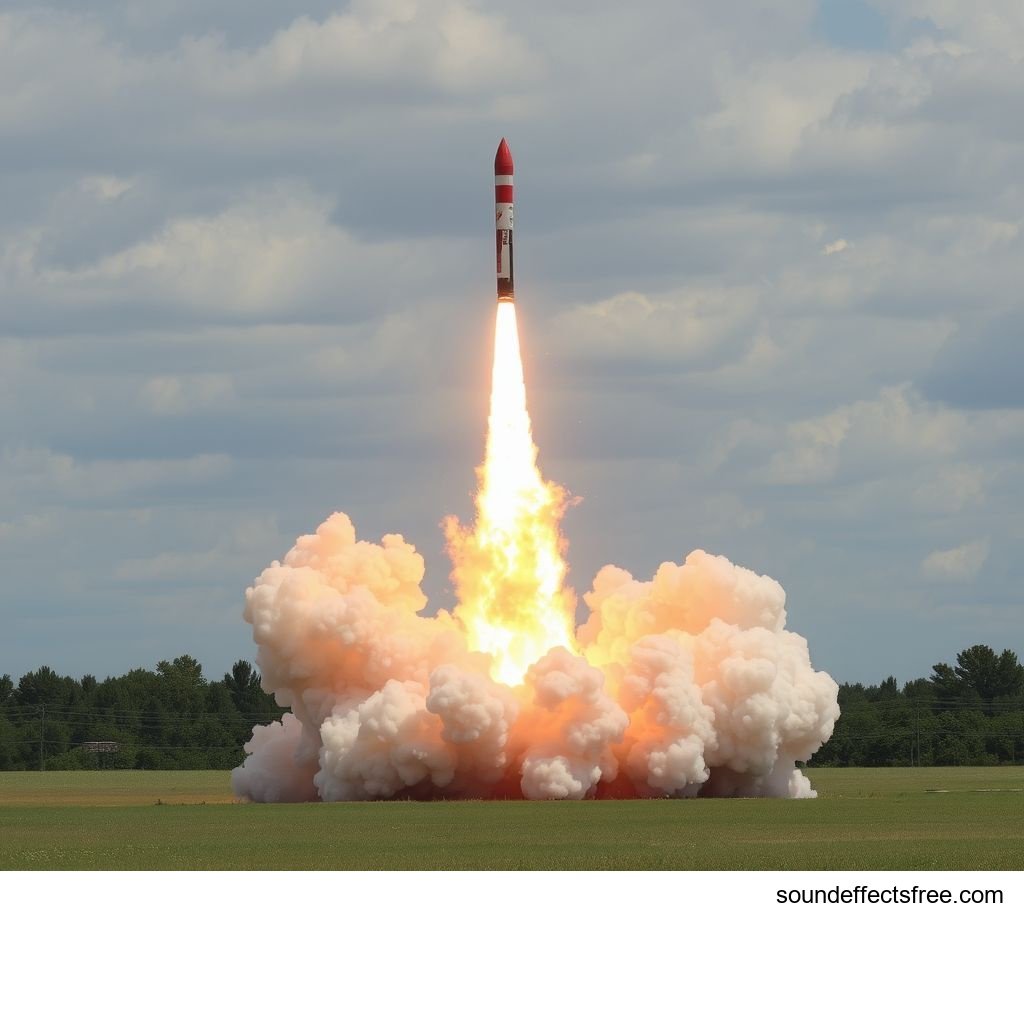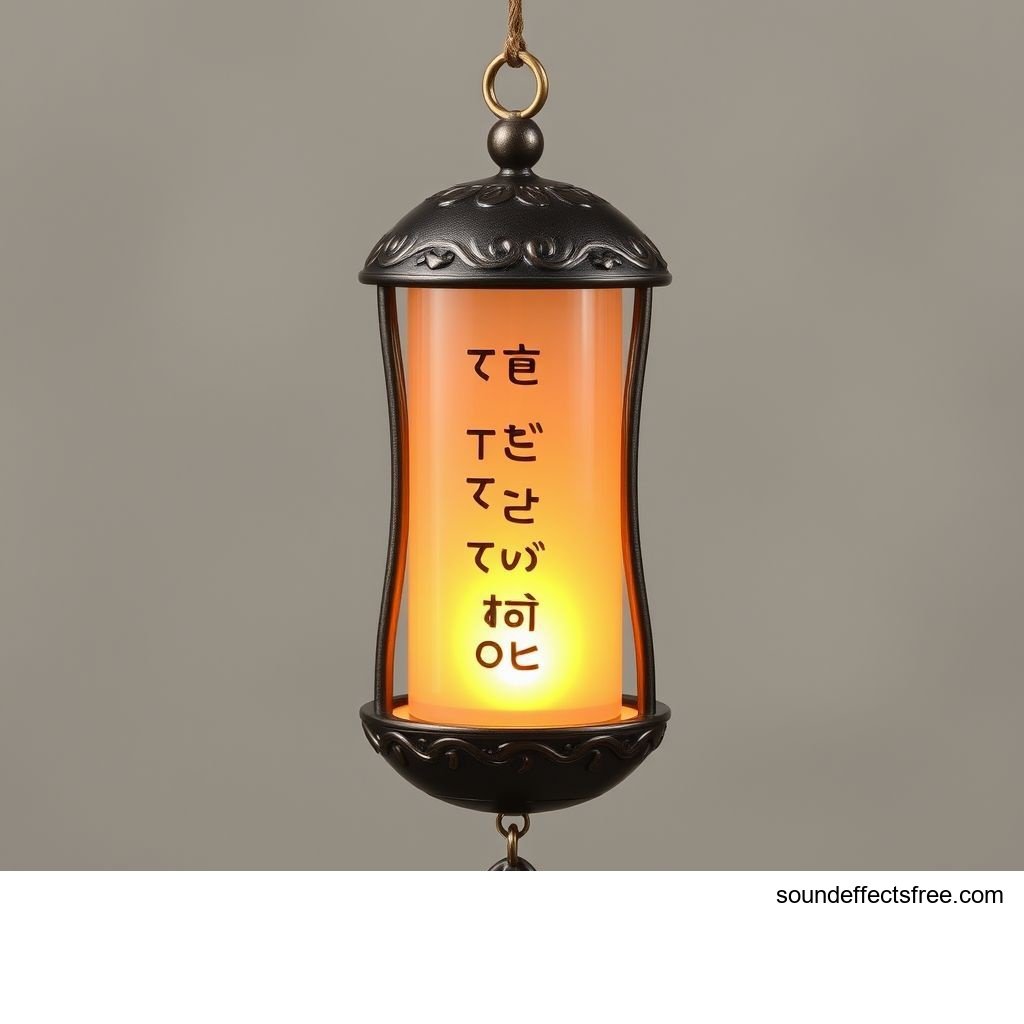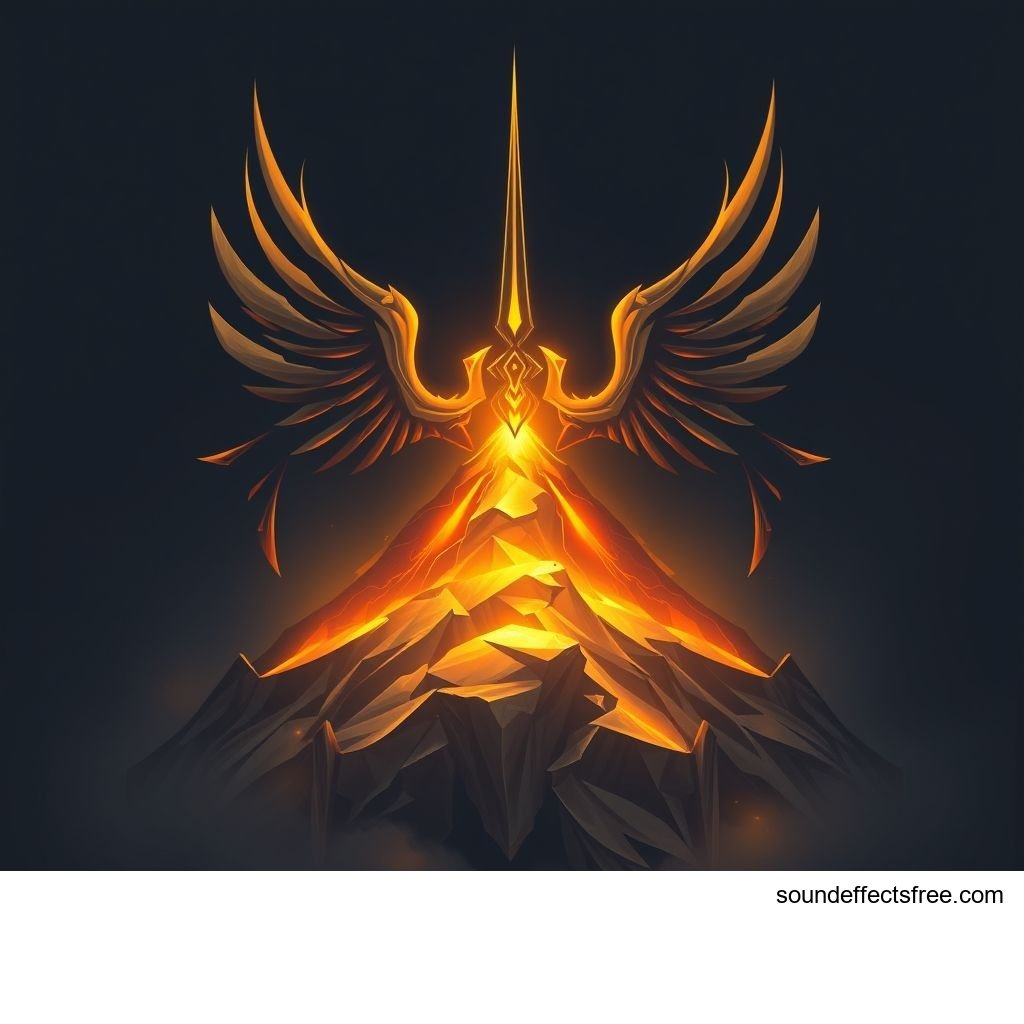Energy Projectile: Crafting the Perfect Launch Sound
The Art of Energy Projectile Sound Design
Creating an impactful energy projectile sound is crucial for video games. It enhances player immersion. A great projectile sound effect tells a story. It communicates power and speed. This article explores the art of crafting these essential audio elements. We will discuss techniques and best practices.
Applications in Media
Energy projectile sounds are everywhere. They define combat in countless video games. From sci-fi blasters to fantasy spells, these sounds are key. They are vital for movies and animations too. A powerful launch sound makes an impact. It signals danger or success.
Industry-Specific Uses
In gaming, every projectile needs a distinct audio signature. A player must recognize a specific projectile type instantly. This applies to player-fired shots. It also applies to enemy attacks. For example, a laser projectile sounds different from a magic orb projectile. Each must have its unique feel. The sound design influences gameplay feedback. It impacts player strategy. Good projectile audio can make or break an experience.
Creative Techniques
Sound designers use many techniques. They aim to create compelling projectile sounds. Layering is a common method. Multiple sound elements combine. These elements might include a sharp attack. They can also include a long tail. A powerful whoosh often signals the launch. Sometimes, a subtle magic shimmer is added. This enhances the effect. Think about the energy behind the projectile. How does that translate to sound? What feeling does the projectile evoke?
Technical Analysis
Understanding sound properties is essential. Every projectile sound has specific characteristics. These technical aspects shape its perceived power. They influence its clarity in a mix. Analyzing these details helps in creation. It ensures the sound fits its purpose.
Waveform Characteristics
A projectile sound's waveform tells a lot. It shows the sound's amplitude over time. A strong initial transient is often desired. This represents the launch. It gives the projectile its punch. The decay phase follows the initial peak. This determines how quickly the sound fades. A long decay might imply a slow, heavy projectile. A short decay suggests a fast, zipping projectile. The sustain phase holds the sound's body. The release phase is the final fade. Examining these elements is key for any audio effect.
Frequency Profile
The frequency profile also matters. It shows which frequencies are most prominent. High frequencies give a projectile its crispness. They provide detail. Low frequencies add weight and power. They provide a sense of impact. A well-balanced frequency profile is ideal. It ensures the projectile cuts through the mix. It avoids muddy or thin sounds. Adding a sub-bass element can give a projectile a huge impact. This is especially true for an energy attack.
Production Tips
Creating high-quality projectile sound effects requires skill. It also requires the right tools. Careful recording and editing are vital steps. Specialized software can greatly assist the process.
Recording & Editing
Field recording offers unique source material. A fast-moving object can capture a natural whoosh. Whips, air blasts, or even throwing objects work. These recordings form the basis. They provide organic textures for a projectile. Editing involves cleaning up these recordings. It means removing unwanted noise. Shaping the sounds is also crucial. This includes adjusting attack and decay. Pitch shifting can alter perceived size. Time stretching can change speed. Consider the actual launch moment. What happens immediately after?
Software Tools
Digital Audio Workstations (DAWs) are indispensable. Programs like Pro Tools or Ableton Live are common. They offer extensive editing capabilities. Plugin effects are also vital. Equalizers sculpt the frequency profile. Compressors manage dynamics. Reverbs add space and depth. Delays create interesting echoes. Synthesizers can generate unique energy textures. They can craft sounds from scratch. A good synth can design a perfect magic projectile. Using these tools wisely enhances any sfx. Check out resources like Pro Sound Effects for more. They offer professional sound samples.
Creative Implementation
Beyond basic creation, implementation is an art. How a projectile sound is used truly defines it. Layering and spatial effects add depth. They increase immersion for players.
Layering Methods
Layering is crucial for complex projectile sounds. Combine a "whoosh" element with a "fizz" element. Add a "thump" for impact. Each layer contributes to the final sound. A good projectile might have several layers. One layer could be the energy core. Another could be the air displacement. A third could be the magic shimmer. This approach creates rich, detailed audio effects. It makes the launch feel more significant.
Spatial Effects
Spatial effects place the projectile in the game world. Panning makes the sound move from left to right. This mimics the projectile flying past the player. Reverb can make a projectile sound large. It can also place it in a specific environment. A short reverb for indoors. A long reverb for open spaces. Doppler effect simulations add realism. They create the classic "passing by" sound. This effect simulates sound source movement. It makes the projectile incredibly immersive.
Sound Pack Integration
Integrating new projectile sounds is straightforward. Sound packs offer pre-designed assets. They can save significant time. Many packs focus on specific themes. This includes energy or magic projectile sounds.
Using with Other Sounds
A new projectile sound must blend well. It needs to work with existing game audio. Test it with background music. Ensure it complements UI sounds. For example, how does it sound with a UI Confirm Tap? Does it clash? Or does it enhance the overall soundscape? A consistent audio effect style is important. Related projectile sounds often come in thematic packs.
Complete Collection
Building a library of high-quality projectile sounds is smart. This ensures consistent audio quality. It provides flexibility for future projects. A comprehensive sound pack offers diverse options. It covers various projectile types. It provides sounds for every launch. Get the full sound pack for comprehensive audio solutions. This ensures you have every projectile sound you need.
Conclusion
The art of energy projectile sound design is complex. It involves technical skill and creative vision. From the initial launch to its impact, every detail matters. High-quality projectile audio elevates gameplay. It enriches the player's experience. Mastering these techniques makes all the difference. Invest in good tools and practice. Your projectile sounds will truly stand out.
FAQ Section
Q1: What are the key elements of a good energy projectile sound? A1: A good projectile sound needs a strong launch transient. It also needs a clear body and a natural decay. Layering various elements creates depth. These elements include whoosh, fizz, and impact sounds.
Q2: How do you make a magic projectile sound different from a science fiction one? A2: A magic projectile often uses ethereal qualities. It might include shimmering textures or bell-like tones. A sci-fi projectile uses more mechanical elements. These can include electrical zaps or laser-like sweeps. The energy type dictates the sound.
Q3: What software is best for creating a projectile audio effect? A3: Digital Audio Workstations (DAWs) like Pro Tools, Logic Pro, or Ableton Live are standard. They provide tools for recording, editing, and mixing any projectile sound. Specific plugins like synthesizers and reverbs are also essential.
Q4: How important is the "whoosh" sound for a projectile's launch? A4: The "whoosh" is incredibly important. It signals movement and speed. It provides crucial auditory feedback. It helps the player anticipate the projectile's path. It enhances the feeling of a powerful launch.
Q5: Can I use pre-made sound samples for my projectile? A5: Yes, absolutely. Using pre-made sound samples or sound packs is common. It saves time and ensures professional quality. Just ensure the projectile sounds fit your game's overall aesthetic. Mixing different sound samples is also a great approach.





